Religion: Spirituality and Religious Life
Annette Daum
A deeply religious feminist, Annette Daum dedicated her life to two causes: interfaith dialogue and feminism. Among other leadership positions, she coordinated interreligious affairs at the Union of American Hebrew congregations, edited the journal Interreligious Currents, and organized various task forces focused on gender equality and Jewish-Christian feminist dialogue.
Dulcea of Worms
Dulcea of Worms was the wife of Rabbi Eleazar ben Judah of Worms, a major rabbinic figure. They were part of the elite leadership class of medieval Germany Jewry. Eleazar’s account of Dulcea’s murder in 1196 is an important source for the activities of medieval Jewish women.
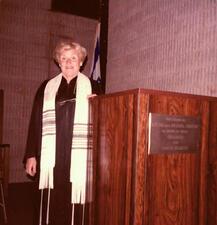
Julie Johanna Engel
Julie Johanna Isner Engel dreamed of becoming a professional opera singer in Germany in the 1930s, but the rise of the Nazis interrupted that dream. Escaping to the United States, she trained her voice in synagogue choirs and local opera performances. In the 1970s, she took a cantorial position at a synagogue in Queens, one of a pioneering generation of women cantors.
Female Martyrdom
In various eras, Jewish women chose martrydom, or Kiddush ha-Shem (sanctification of the Divine Name), rather than repudiate God or transgress certain commandments. Examples appear in Jewish Hellenistic writings, rabbinic literature, Crusade chronicles, medieval Hebrew piyyut (liturgical poetry), accounts of the seventeenth-century Chmielnicki pogroms, and documents connected with the Shoah. Scholars differ, however, regarding the accuracy of these martyrological texts, which often reshape actual events to conform to iconic imagery.
Female Purity (Niddah)
Halakhic practice for Niddah, or female purity, is based on a harmonistic reading of Leviticus 12,15, 18, and 20. The laws of female purity have been historically used to determine the status of women in a patriarchal society.

Feminist Jewish Ritual: An International Perspective
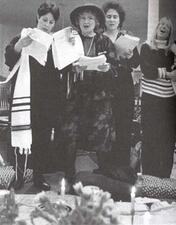
Feminist Jewish Ritual: The United States
Ritual behavior is one of the fundamental pillars of Judaism, and of all religions, whose concern is precisely with ultimate meaning and purpose. Since the 1970s, Jewish feminists have gained access to male-identified rituals, developed a wide variety of new rituals, and feminized core male rituals.

Festivals and Holy Days
According to halakhah, women are responsible for obeying all of Judaism’s negative commandments and for observing most of the positive ones, including the Sabbath and all of the festivals and holy days of the Jewish year. In some instances, however, male and female obligations on these days differ.
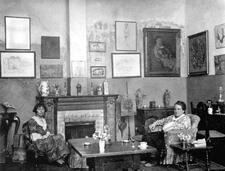
Fiction in the United States
Literature by American Jewish women reflects historical trends in American Jewish life and indicates the changing issues facing writers who worked to position themselves as Americans, Jews, and women.
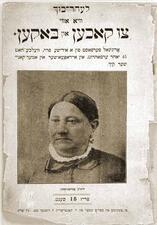
Food in the United States
Food and foodways are a critically important area of documenting and deciphering the evolving experience of American Jewish women from the earliest days of immigration to the present. Food is a lens into American Jewish women’s worlds of family, religion, identity, work, political action, entrepreneurship, and more as they have encountered the forces of assimilation, anti-Semitism, systemic racism, sexism, changing consumer economies, and the long women’s movement.
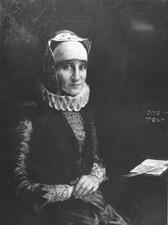
Early Modern France
Until the Revolution and their acceptance as citizens, most Jews in France lived in officially recognized autonomous communities in the southwest and northeast. Within these communities, they established charitable institutions, elected a governing body, defined the curriculum of their schools, registered their births, marriages, and deaths, and adjudicated cases in their own courts.
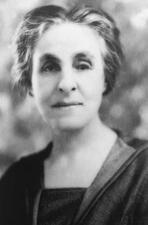
Ray Frank
While her career was short-lived, Ray Frank remains significant as the first Jewish woman to preach from a pulpit in the United States. Her speeches often encouraged communal cooperation and tried to heal congregational disputes, and she notably gave an address at the first Jewish Women’s Congress in 1893.
Mamie Gamoran
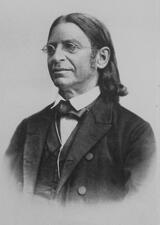
Abraham Geiger
Abraham Geiger (1810-1874) was one of the most influential Jewish thinkers of the nineteenth century. He was one of the major intellectual leaders and founders of the Reform movement in Germany and a strong supporter of Jews entering European society. As part of his vision of Judaism, he argued for a Judaism oriented around the home and domestic life, but also a Judaism that both elevated and sidelined the women that had long created that domestic life.
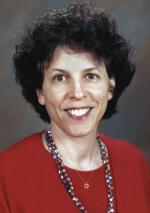
Laura Geller
Gender Identity In Halakhic Discourse
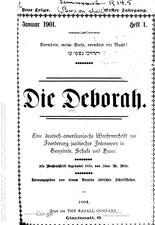
German Immigrant Period in the United States
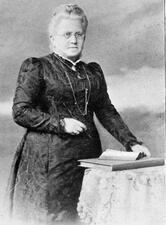
Germany: 1750-1945
The Jewish Reform movement did not liberate women from their subordinate religious status, and the nineteenth-century bourgeois German family ideal with its rigid gender roles soon eclipsed the fluid structure of premodern Jewish families. Jewish women were expected to transmit German bourgeois values while also shaping their children’s Jewish identity.
Blanche Gilman
A native New Yorker, Blanche Pearl Gilman contributed her energy and resources to a variety of religious, health, social, and activist organizations. Gilman devoted her career to bringing diverse groups together, from her interfaith work to her leadership in the Pro-Falasha (Ethiopian Jewry) Committee.
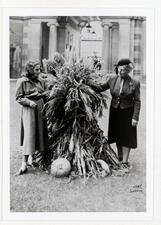
Adele Ginzberg
Known as “Mama G.” by generations of admirers, Adele Ginzberg was an influential figure in the Conservative Movement as wife of the famed Louis Ginzberg, professor of Talmud at the Jewish Theological Seminary, and was an active member of the National Women’s League of the United Synagogue. Ginzberg was a role model and inspiration to rabbinical students and women leaders and an early supporter of equal rights for women in synagogue rituals.

Louise Glück
Louise Glück, American poet, essayist, and educator, was the recipient of the 2020 Nobel Prize in Literature, as well as numerous other awards for her writing; she also served as poet laureate of the United States from 2003 to 2004. One finds the personal, the mythological, and the Biblical woven intricately throughout Glück’s oeuvre.

Glueckel of Hameln
Born into an affluent family in Hamburg, Glückel of Hameln became the business partner of her beloved first husband. She began writing memoirs in 1691, after her husband’s death. These memoirs are incredibly detailed, combining a meticulous record of her life and descriptions of events that occurred in local Jewish communities. Her memoirs are both a singularly important social and historical document and one of the greatest literary achievements of Ashkenazi prose–in Yiddish or Hebrew–at least until the end of the eighteenth century.
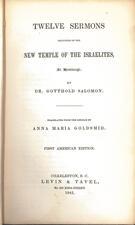
Anna Maria Goldsmid
Anna Maria Goldsmid was a Victorian Jewish advocate of women’s education and Jewish emancipation who made a name for herself as a translator, lecturer, philanthropist, and poet.
Edna Goldsmith
Edna Goldsmith was a driving force in the establishment of the Ohio Federation of Temple Sisterhoods. A founder of the federation, she served as its first president from 1918 to 1923 and then as honorary president until her death. Throughout her life, Goldsmith was active in welfare organizations, concentrating particularly in the educational field.



